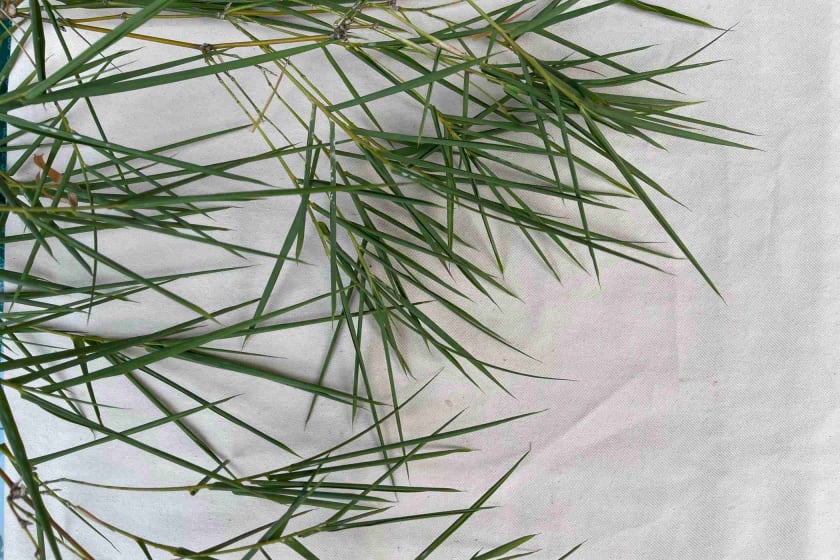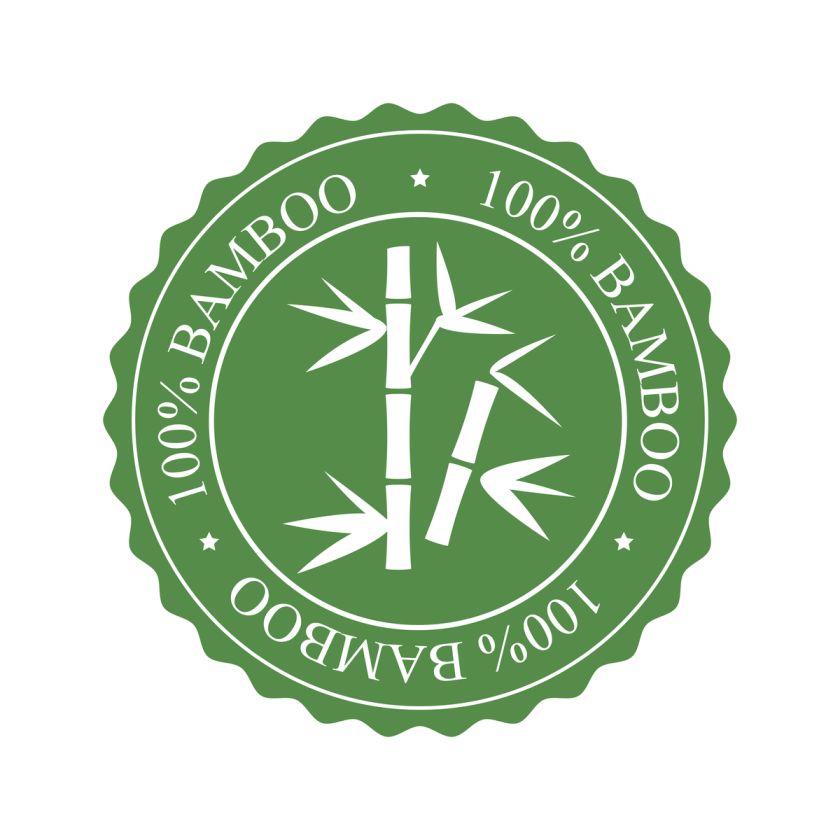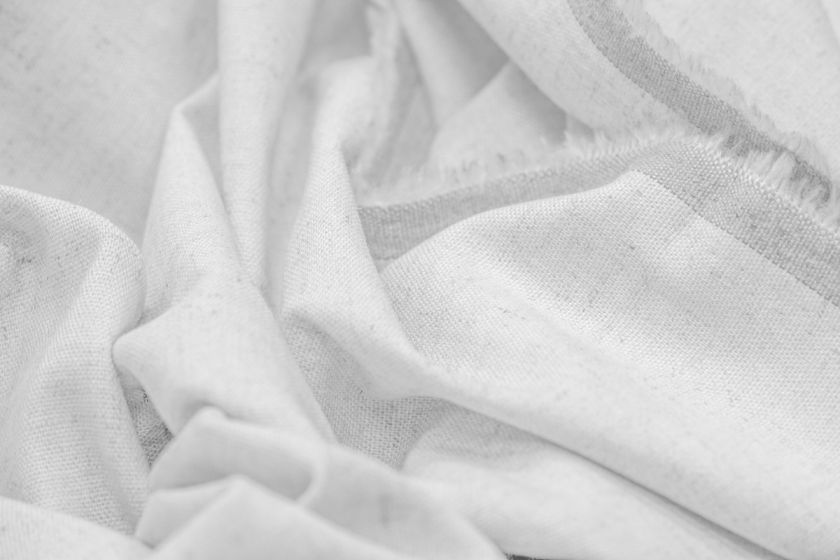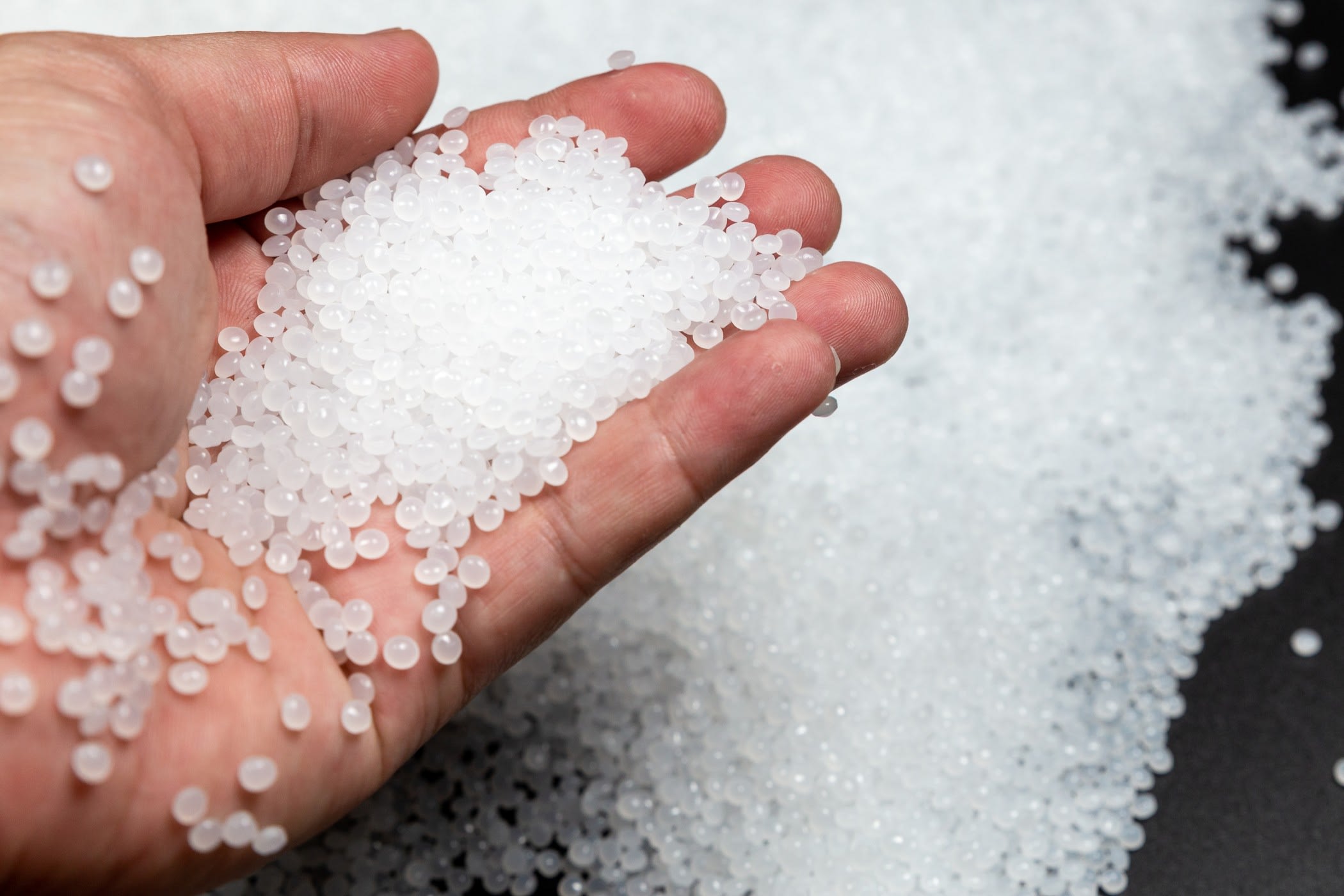Advantages and Disadvantages of Bamboo Fabric in Sleep Apparel



Today, a variety of textiles can be made from bamboo. Given the comfort and the durability of the bamboo fabric, it's becoming popular in the production of bedsheets, loungewear, towels, and sleep apparel.
More and more people are making the shift to bamboo-based products owing to their aesthetic appeal and high breathability. It has been embraced as a substitute to cotton and is generally considered a cruelty-free alternative to silk. There are various means of production that give us various bamboo derivatives that are further processed into different textiles.
More About Bamboo Fabric
The three main types of bamboo fabric used for clothing and textiles are bamboo linen, bamboo viscose, and lyocell-type bamboo fabric. But we’ve observed that sustainability is an issue with some bamboo fabrics and their manufacturing process may burden the planet. While bamboo has high sustainability merits, not all fabric manufacturers use the most sustainable practices to turn bamboo into fabric. There may be chemicals and other effluents generated during the process of extraction, but do the positives stack higher than the negatives? We’re weighing the pros and cons of bamboo fabric to see how it fares in the apparel market.
Pros of Bamboo Fabric
1. Environmentally sustainable

Using bamboo as a raw material is an environmentally positive choice. The environmental impact bamboo has on the planet is minimal compared to a lot of other raw materials. The plant is easy to grow without any challenging attributes and matures quickly too. It can be harvested after 3-5 years, unlike hardwood, which takes a century to mature. Fashioning sleepwear out of bamboo will thus be a more favorable ecologically healthy practice.
2. It does not require the addition of any chemicals during production
The process does not require the use of pesticides, as the plant is rich in a natural antimicrobial bio-agent. The presence of this bio-agent easily eliminates the harmful effects that pesticides wreak on the environment. Thus, bamboo has an environmentally-friendly impact on the planet.
3. Readily available
There is a bountiful supply of bamboo in nature and it doesn’t strip the environment of resources when you use it as a raw material. Its readily availability makes it a good choice to use for the production of textile and clothes. It also absorbs a large amount of carbon dioxide and converts it into oxygen, generating nearly 35% more oxygen than hardwood.
4. Fast growth rate
Bamboo has a very high growth rate. This allows for more raw material to be harvested in a smaller area. The plant has very high adaptability and is also tolerant to drought and degrades naturally without sitting in the soil as waste for a long time. This makes it a great choice for people who have an environmentally conscious outlook and stay away from non-biodegradable materials. Getting sleep apparel that is sustainable makes for a definite plus.
5. Bamboo fabric offers moisture-wicking properties
This makes it excellent for sleep apparel as it allows the wearer to sleep in comfort. The bamboo fabric wicks the water away from the skin a lot more effectively than cotton, and even provides more superior insulation. In warmer climates, it keeps the body cooler and doesn’t cling to the body to cause uneasiness during the night.
6. Bamboo fabric is hypoallergenic and antibacterial
This makes it great for keeping any sensitivities at bay. The fabric is so luxurious to touch that it mimics silk. One gets the comfort of cotton with the fabric feel of pure silk.
7. Bamboo clothes are easy to dye naturally
It is super easy to dye bamboo naturally and does not require bleaching with chlorine. This makes the colors more natural and vibrant. Furthermore, if taken care of, bamboo textiles made using the right process are highly durable and last significantly longer.
Cons of Bamboo Fabric

1. Some varieties of bamboo production are unsustainable
Bamboo viscose and bamboo lyocell are produced with methods that can be damaging to the environment. The wood is broken down into chunks, which are then treated with chemical solvents such as carbon disulfide. These chemicals are harmful to those handling the process and also heavily impair the environment. This type of chemical processing takes away from the merit of the textile due to the unsustainable production process attached to it. If not handled right, the chemicals pose a risk to the health of workers. Similarly, managing the effluents poorly can be detrimental to the environment.
2. Bamboo fabric is prone to shrinkage
Bamboo tends to shrink at a much faster rate than cotton, which makes it difficult to maintain without special laundering. Because it holds a lot more water than cotton, drying it can take a lot longer and consume more energy when tossed into the dryer.
3. Bamboo-based clothing is expensive
Clothes made from the natural bamboo fabric are priced higher than cotton products. Natural bamboo tends to be more expensive than rayon or cotton. Customers may not be comfortable spending so much on bamboo sleep apparel.
4. Bamboo fabric tends to pill
Compared to other materials, bamboo tends to wrinkle and crease more easily. It also tends to pill more as it falls in the category of viscose staple fiber. Cotton performs better than bamboo if we look at pilling as a factor. No one enjoys a shabby appearance even if they are only sleeping. Pilling gives a worn appearance to even new clothes.
Conclusion
Customers have been flocking around bamboo-derived textiles now more than ever. There is a great hue and cry around the sustainability of this material. It is true that bamboo products are more sustainable owing to the plant’s quick growth, early maturity, no requirement for pesticides or fertilizers, or irrigation.
However, it does have its drawbacks. The most common bamboo materials undergo the viscose process that uses chemicals to dissolve the pulp to draw out the cellulose to spin into fibers, and this is detrimental to the environment.
The option then is to opt for bamboo linen, which is chemically-free and certainly more sustainable. If cost and creasing are not a concern, then organic bamboo linen is a winner here.
If you are considering adding sustainable sleepwear and bamboo fabric to your next collection, visit Fashinza. We work with leading suppliers in the industry to manufacture all kinds of clothing and fashion apparel.



















